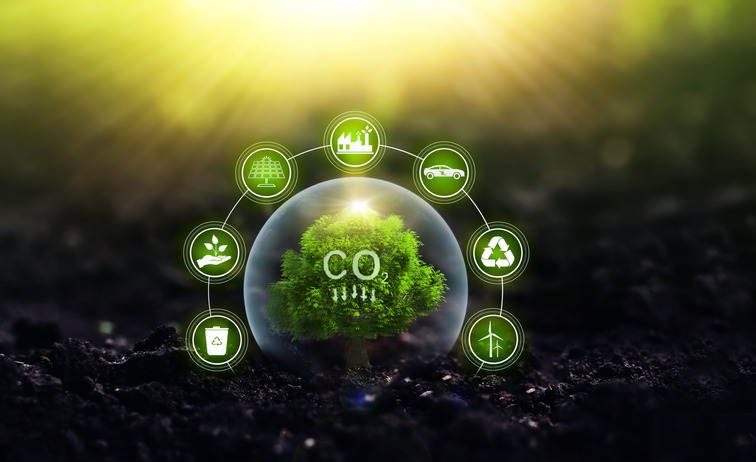
As awareness of climate change increases, many individuals and businesses are taking steps to reduce their carbon footprints – here are the some of the ways you can reduce yours
The UK Government’s Climate Change Business hub is supporting small and medium-sized enterprises to commit to halving their greenhouse gas emissions by 2030, and achieving net zero emissions by 2050. They suggest several measures that dealers can take to do so, including:
- Extend product lifespans with repairs and returns: The UK Right to Repair Law states that repair information and spare parts should be available for up to ten years for certain new white goods and televisions. Consider steps such as:
- Offering or promoting repair services that increase the lifespan of products, or offer customers advice and instruction on how to manage repairs themselves.
- Share product care tips on how often an appliance, for example, should be serviced. Where relevant and possible, send customers reminders that their product is due for a service.
- Offer a returns scheme for unwanted items (in exchange for vouchers or discounts) that you can then refurbish, repurpose and resell. Alternatively, promote a local charity that you recommend your customers give their products to when they no longer have a use for them.
- Run customer swap shops or be a collection point for items that are no longer wanted.
- Improve your packaging: reducing the packaging you use, or switching to more eco-friendly packaging, will help cut both plastic pollution and emissions. Consider doing an audit of all packaging (shop, postal and delivery service if you sell online) – if it doesn’t protect the product or communicate essential information to customers, can you remove it? Also, ask your customers how they feel – a recent study has found that almost three-quarters of consumers are willing to pay more for sustainable packaging.
- Support your local manufacturers: stocking products made close to home enables you to support the local economy and community. Locally made products can be lower carbon as they do not need to travel as far.
- Offer your customers more sustainable products to buy: look at the existing products you sell and see if there are more sustainable options you can make available – for example, products that are made from recycled/recyclable materials, packaged with minimal or no plastic packaging, certified sustainable and/or easily re-used or recycled. To do this:
- Start by asking your manufacturers what they have available that fits these criteria and researching to identify new ones.
- For products that are used less frequently, offer a rental or subscription service so that the same product can be used by more customers, increasing the profit you make from the product over time while also maximising its usefulness over its lifespan.
- Think about charities and other partners you can work with to use materials that can be reused or resold.
- If you haven’t got the space to provide extra services yourselves then give customers information on how they can pass unwanted items on to other people or recycling services.
In addition to cutting their emissions, businesses must also consider how they will offset them. Here are some of the best strategies for offsetting carbon emissions:
- Renewable energy projects: investing in renewable energy projects such as wind, solar and hydropower can reduce carbon emissions by displacing fossil fuels. These projects often require significant upfront costs but can provide long-term benefits by reducing electricity bills and carbon emissions.
- Reforestation and afforestation: trees absorb carbon dioxide as they grow, making reforestation and afforestation projects a popular way to offset carbon emissions. These projects involve planting new trees or restoring degraded forests to improve their ability to store carbon.
- Energy efficiency improvements: making buildings and appliances more energy-efficient can reduce carbon emissions by reducing energy consumption. Examples include upgrading to LED light bulbs, installing insulation, and upgrading heating and cooling systems.
- Methane capture and destruction: methane is a potent greenhouse gas that is produced by agriculture, landfills and other sources. Capturing and destroying methane can help reduce emissions and provide other benefits such as improved air quality.
- Carbon capture and storage: carbon capture and storage involves capturing carbon dioxide emissions from power plants or industrial processes and storing them underground or in other long-term storage. While this technology is still in the early stages of development, it has the potential to significantly reduce carbon emissions from the largest sources.
- Investing in carbon offsets: carbon offsets are credits that represent the reduction or removal of one metric ton of carbon dioxide from the atmosphere. By purchasing carbon offsets, individuals and businesses can support projects that reduce carbon emissions, such as renewable energy and reforestation projects.
The journey to net zero looks different for every business but, no matter what speed you travel, it is important to continue moving.


Be the first to comment